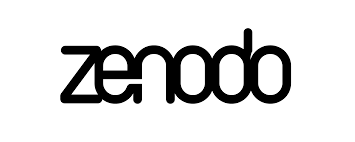Digital Skills of Public Secondary School Teachers in District V-B, San Carlos City Division
DOI:
https://doi.org/10.5281/zenodo.17660057Keywords:
Digital Skills, Technology Integration, Teacher Competence, ICT Literacy, Instructional InnovationAbstract
The increasing integration of technology in education underscores the importance of strengthening teachers’ digital skills to enhance instructional delivery and student engagement. This study assessed the extent of utilization of digital skills among public secondary school teachers in District V-B of San Carlos City and examined differences in perception between teachers and school heads. Using a descriptive-survey design and total enumeration sampling, data were gathered through a validated questionnaire that measured teachers’ digital competencies in areas such as educational software use, digital resource management, data analytics, technology integration, student engagement strategies, and technology-supported learning environments. Descriptive and inferential statistics were used to analyze the data.
Results revealed that teachers demonstrated a moderate extent of digital skills utilization across all domains, indicating that while digital tools are being used in instruction, their application remains developing rather than fully maximized. Both teachers and school heads shared similar evaluations of digital skills, as no significant difference was found between their perceptions. Teachers also identified several challenges in digital skills utilization, which were generally viewed as moderately serious. The study concludes that although teachers possess functional digital competencies, continuous professional development is needed to support higher-level digital literacy and enhance technology integration in classroom practices. The study also proposes an action plan to strengthen the digital capacity of public secondary school teachers.
Downloads
Published
Issue
Section
License
Copyright (c) 2025 Aloysian Interdisciplinary Journal of Social Sciences, Education, and Allied Fields

This work is licensed under a Creative Commons Attribution-NonCommercial 4.0 International License.





